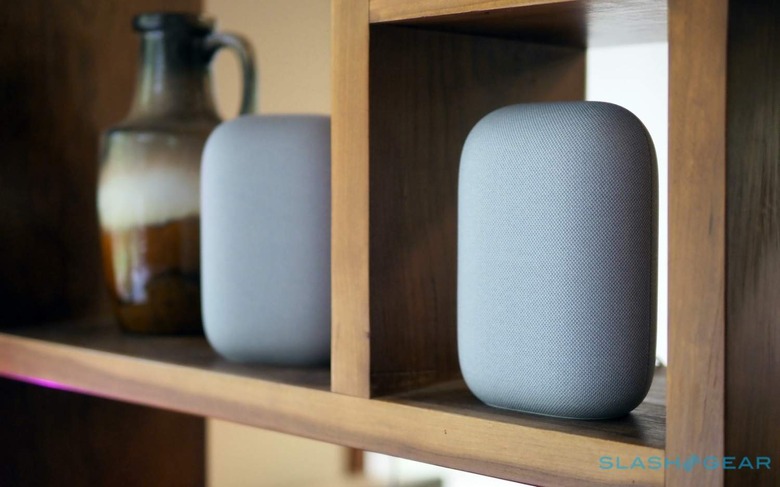The Google Assistant Is Adding New Ways To Corral Your Family
Google is adding new Assistant features and tweaking some existing ones to make them more user-friendly, including expanding its Broadcast system. The new Family Broadcast takes the existing functionality – where you can pipe your voice through multiple Google smart speakers and smart displays in the house, useful for announcing meals are ready or reminding people it's time to leave – and enhances it for smartphones and replies.
So, you can now create a Google Family Group, consisting not only of smart displays like the Nest Hub and speakers like the Nest Audio, but also iPhone and Android smartphones. Saying "Hey Google, tell my family, it's time for us to hit the road" will broadcast your message across all of those devices in one fell swoop.
Those who hear the broadcast, meanwhile, will be able to respond by voice too. You'll be able to say "Hey Google, reply 'I'll need a little extra time to catch the cat,'" for example, or tap the reply button to bypass the Assistant wake-word.

Meanwhile, Family Bell reminders are also getting a new convenience feature. Added to the Assistant's array of talents in November last year, Family Bell is basically a group alarm for reminders. Google pitches it as useful for notifying everyone when it's time for home-schooling to start, or for group chores.
Soon, though, you'll be able to say "stop" to end the Family Bell alert by voice. It's a shortcut that the Assistant already works with for individual alarms and timers, that's being extended to Family Bell in English to begin with. Google will also add the ability to have Family Bells sound across multiple home devices simultaneously, not just one.
For other languages, Family Bell will be extended to support French, Japanese, Italian, Spanish, Portuguese, Dutch, German, Hindi, and Korean. That's arriving in the coming weeks, Google says.
The updates come on the heels of new, behind-the-scenes changes Google has been making to its core Assistant technology. There are new pronunciation options, which allow users to correct names that the AI gets wrong, for example, along with better contextual understanding which the company says should improve how the Assistant handles things like timers and conversational queries that include multiple questions and responses.
